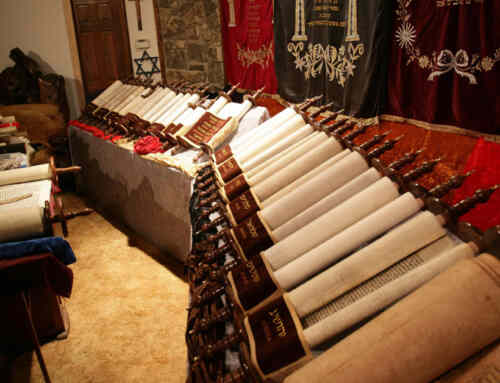There are five important ways the returning people of Israel could identify locations of important places from Bible times. First, major topographical landmarks have not moved. The Mediterranean Sea, the Sea of Galilee, the Jordan River, the Dead Sea, the Red Sea, and the Negev Desert all remain to locate the proper place for the nation of Israel.
Second, some city, town and community locations remained intact throughout history. Jerusalem, Jericho, Be’er Sheva, Arad, and Tiberias, as well as other cities and towns have continued in more or less their original locations from the time of the Jewish diaspora in AD 70-135 to the present. Egypt, Syria and Lebanon remain in their Biblical locations, even though there are no actual descendants of the people who inhabited those countries in Biblical times.
Third, Biblical references can describe in great detail where to find an important place. For example, the location of Shiloh where the Tabernacle stood for 369 years after the Israelites entered the land of Canaan. The location is given in the Books of Joshua, Judges, 1 Samuel, 1 Kings, Psalms, and Jeremiah, and a very specific area is described: north of Bethel, east of the Bethel–Shechem highway, and south of Lebonah in the hill-country of Ephraim in the tribal territorial allotment of the tribe of Ephraim.
Fourth, ancient place names, preserved in Arabic, the language of the nomadic Bedouin people of the Levant, sometimes resemble the Biblical location name, for example the ‘pool of Siloam’( John 9:7) is called ‘silwan’ in Arabic. ‘En Gedi’, where David hid from Saul (1 Samuel 24: 1-8) is called ‘Ayn Jidd?’.
Finally, there has been extensive archeological excavations throughout the entire land of modern Israel that uncovered Biblical locations, such as the cities of Beit Shemesh, where David fought Goliath; Megiddo, Israel’s primary battleground and fortress; Magdala, the town of Mary Magdalene; and the City of David, the original capitol of Kings David and Solomon.
Of course, there are Biblical locations that remain unknown today, but the important links that tie the ancient Israelites to the modern land of Israel are exciting and numerous.














